When you think of buying a rug it is mainly in order to enhance your home decor, and accent your furniture. Your living room isn’t complete without the perfect rug. Most designers would recommend you get one to pull the room together. Choosing a rug could be intimidating. This is until you find the perfect one that would last decades in your home. One of the dilemmas is should I go for a traditional rug or a kilim rug? To answer this question we should subject them to comparison.
How are Kilims made?
Kilim is a word that came from Turkish origins which means the pileless textile, where it indicates the pile and how dense it is as it is produced using a flat weaving technique. People often refer to kilim as oriental rugs but connoisseurs beg to differ acknowledging kilims as a class of their own.
Since kilim is made with a flat weaving technique, therefore, kilims lack piles. Kilim is woven from two yarn sets on a manual handloom. One is horizontal and the other is vertical, interwoven where the horizontal passes through the vertical and the process is repeated till the kilim is finished. During the interweaving, the artisan starts inserting the motifs mostly with different colors.
Kilims are very versatile because they are made from pure wool they are also made from cotton or animal hair mostly camel’s or goat’s. They can be used as floor decor, wall decor, or divan cover.
How are Traditional rugs made?
Carpets are used in a similar context to the term rug but rugs are smaller than a room and are not attached to the floor. Traditional rugs are mostly piled and originally woven from wool, but the technology-enabled traditional rug weavers use nylon, polyester, and synthetic fibers. They have twisted tufts treated with heat to maintain their shape. Traditional rugs are found in a range of colors and they serve to insulate the floor from the cold. They can also be used as a decorative element and to keep street noise at bay.
The difference between both of them
Both rugs are produced on a loom the traditional rugs are made on a power loom while kilim rugs are time-consuming as they are made on a traditional loom. Kilims tend to be more durable because they are made from natural wool, traditional rugs last long depending on the materials and the effort the owner is willing to exert to maintain it. The kilim rugs are more expensive than traditional rugs but that’s because they are unique pieces of art, attaining a kilim rug is like attaining a one-of-a-kind piece of art as it can never be typically duplicated.
Finally knowing all this would help you choose your perfect rug, but the other factors that will also be put into consideration are the place, the budget, and the style you’d love.


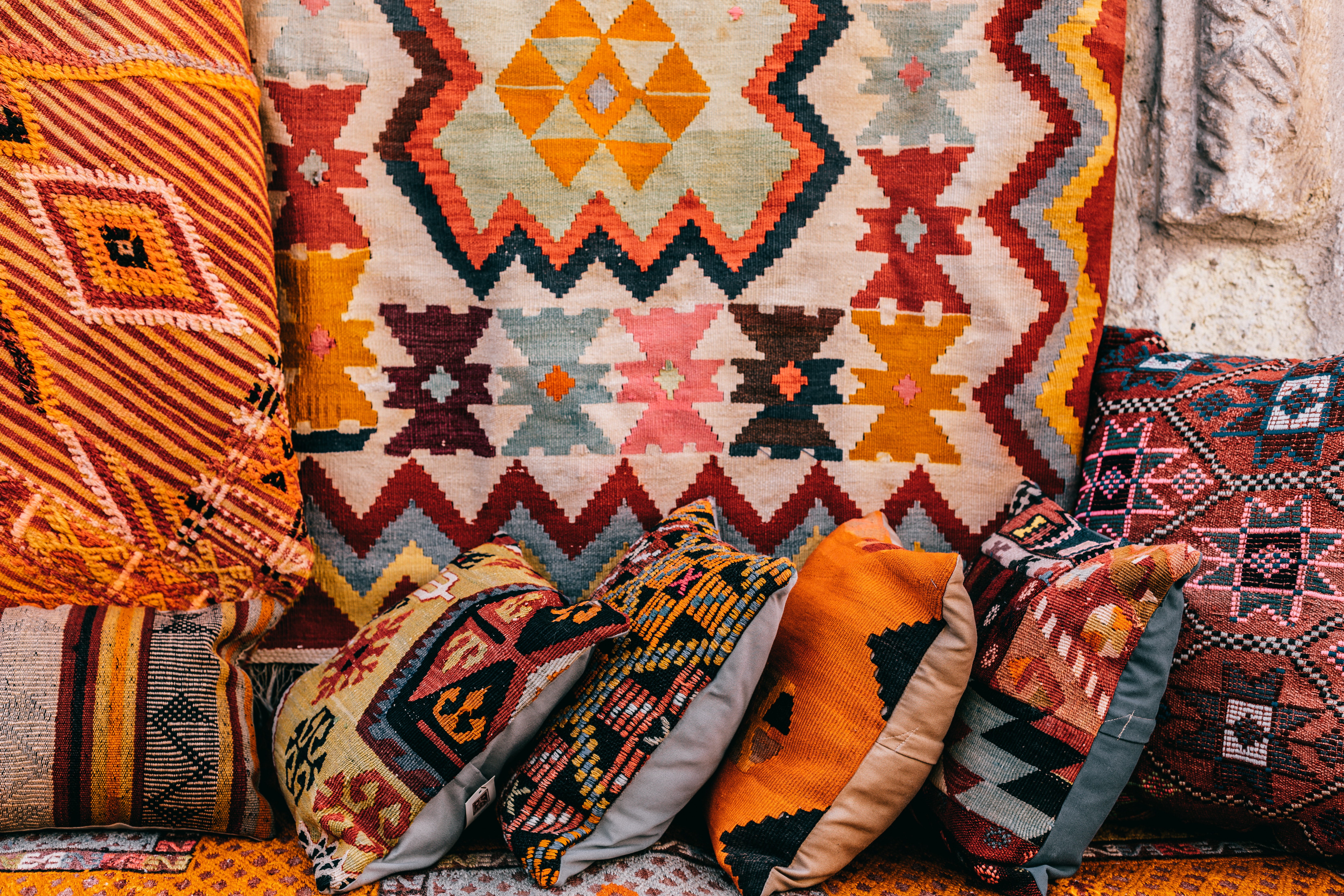

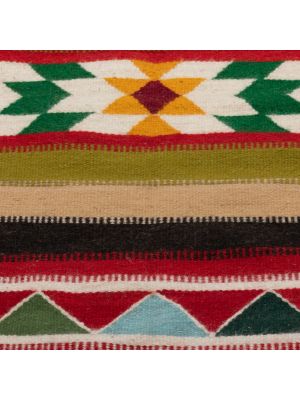

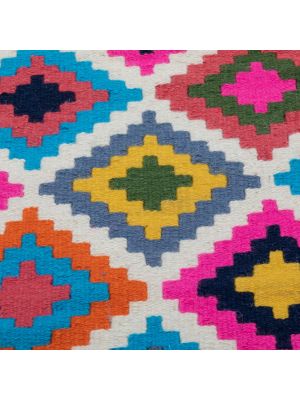

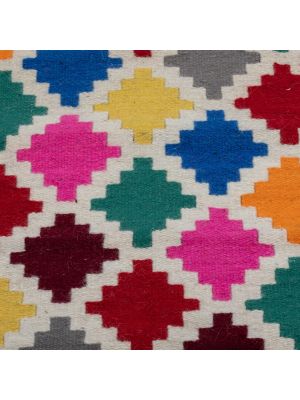

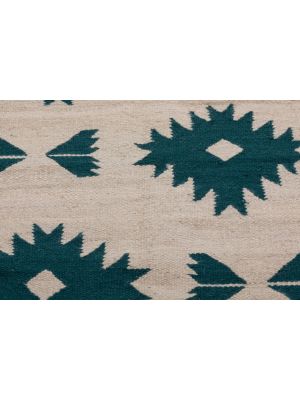

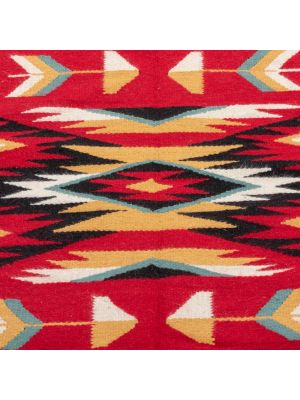








Comments